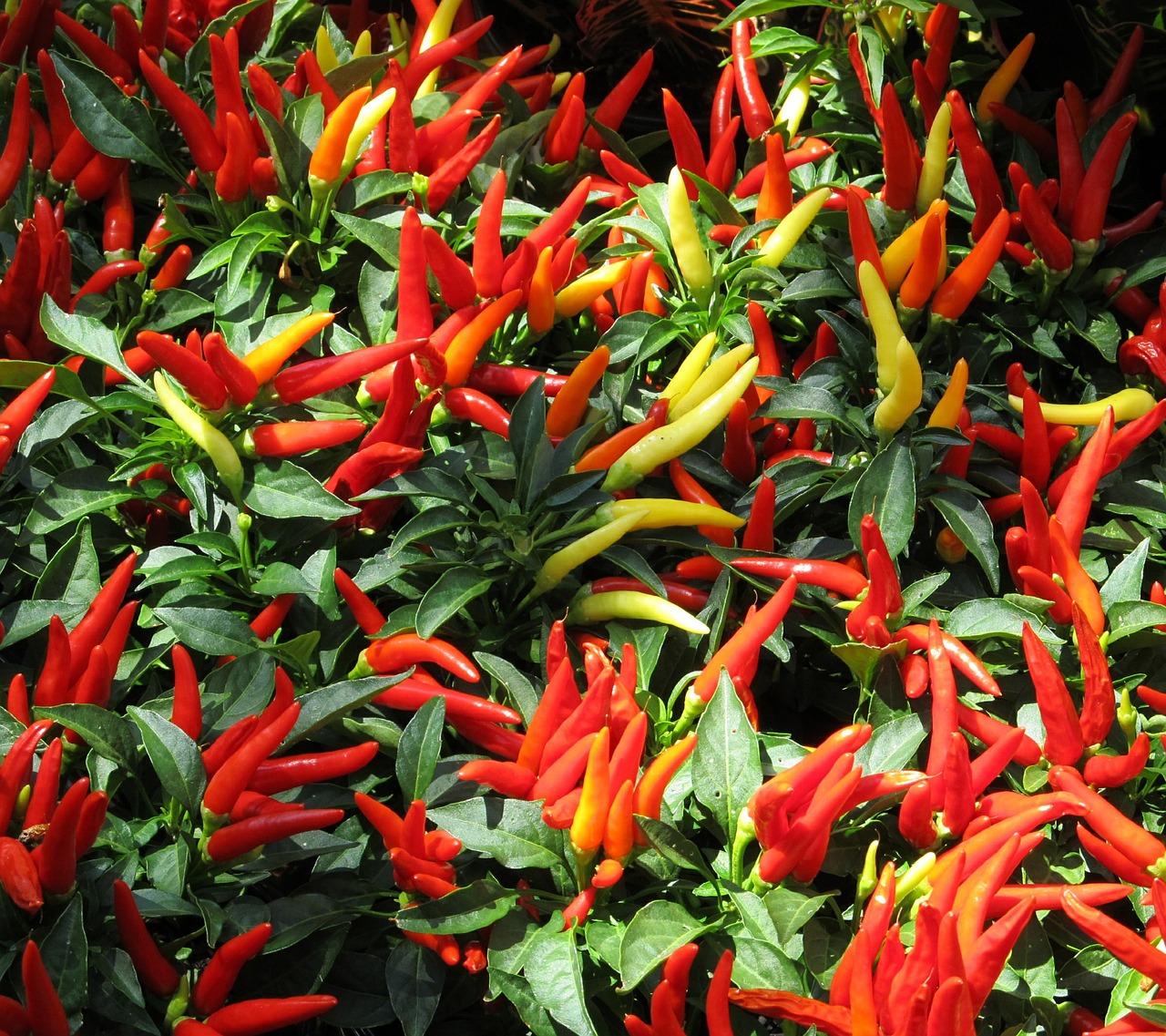6 Easy Steps To Get The Most Out Of Your Peppers

1. Prepare the site
The perfect site can have a significant effect in how well peppers perform. Pick a sunny, well-drained spot where peppers haven’t developed grown recently. The soil should be profound, rich, and loamy. On the off chance that yours isn’t, change it with around 1 inch of compost. Abstain from adding too much nitrogen to the soil, however. Excessive nitrogen can cause the pepper plants to grow too fast, making them more susceptible to disease and less productive.
2. Harden-off seedlings
Before you plant your pepper seedlings, you’ll have to harden them off by gradually exposing them to open air conditions. This gradual exposure to the weather helps seedlings adjust, so they’ll be less stressed when you plant them. And less stress means bigger, more productive peppers. When daytime temperatures achieve the mid-60s, set the seedlings in a protected area outside, for example, beside the house or garage, for a couple of hours every day for 3 to 4 days. Throughout the following week, gradually extend that outside time. As the pepper seedlings are getting to be plainly comfortable with the outside conditions, you can warm the pepper bed by covering it with dark landscape fabric.
3. Planting
Peppers like warmth, so you should wait to plant them until evening temperatures have reliably achieved 60 degrees and all danger of frost has passed. If possible, set out your peppers on a cloudy day to help reduce stress on the plants. Space the plants 12 to 20 inches apart, depending on the mature size of the variety, and set them a bit deeper than they were in their containers. Like tomatoes, peppers develop additional roots from the covered part of the stem. Stake or cage taller varieties so that the stems do not break in strong winds or due to a heavy fruit load. After you plant the pepper seedlings, water them well.
4. Watering and mulching
All through the growing season, ensure your pepper plants get no less than an inch of water a week. Check the peppers frequently amid times of outrageous warmth and dry season, when each plant can without much of a stretch take a gallon of water a day. In the event that you live in an extremely hot, dry area, include a thick layer of natural mulch to assist hold soil moisture and to help direct the soil temperature. Be that as it may, do this simply after your soil has warmed, since mulching cool soil will keep it excessively cool and trick the pepper plants’ development.
5. Pinch-off first flowers
As troublesome as it may be for you, pinch off any early blooms that show up on your pepper plants. This won’t hurt the plants. Truth be told, it helps them coordinate their vitality into growing, so you get bunches of vast fruits later in the season (and a higher general yield) rather than only a couple of small fruits early on.
6. Time to harvest
You can harvest the peppers at their immature green or mature stage, but the flavor will be sweeter if you wait for them to turn their mature color, usually red, but sometimes golden yellow or orange. Italian fryers, jalapenos, and cubanelles are possible exceptions: Many people prefer the flavor of these peppers when they are full size but still green. To harvest the peppers, cut them off with hand pruners. Pulling them off by hand can damage the plant.



1 Comment
liz · May 25, 2017 at 12:08 pm
Another very good article and timely as I’m getting ready to plant out pepper plants. 🙂
Comments are closed.